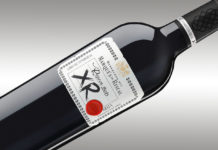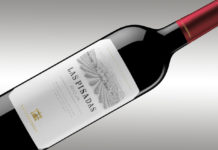The D.O.Ca. Rioja will be limiting new vineyards to a total of 645 hectares for 2017. This results from a 1.36% growth in sales over the last twelve months, in application of the production planning policy in effect for the period 2016-2018, which ties sales growth to new vineyard planting. Authorisations to replant vineyards grubbed up outside the D.O.Ca. Rioja production area will also be restricted, as will authorisations to plant vineyards arising from planting rights outside Rioja.
The decision reached by the Control Board in November 2015, involves a recommended increase in productive potential of 387 hectares (0.6% of the region’s 64,526 ha) for each of the three plan years (2016, 2017 and 2018). There were, however, provisions in place for the possibility of a review in the last two years depending on sales performance. In this sense, the agreement explicitly said that: “if YOY sales increase above 1% by 31 August 2016, the productive potential for the year 2017 will be increased by 1% instead of 0.6% —i.e., 645 hectares.” Control Board figures for the period from September 2015 to August 2016, during which registered wineries declared shipments totalling 285.43 million litres of bottled approved wine, show an increase of 1.36% over the previous twelve months and this translates into the maximum figure of 645 new hectares authorised for next year.
This policy of limiting the increase in vineyard surface area in the D.O.Ca. Rioja aims to ensure the continuity of its model of sustainable development under the threat posed by the new vineyard planting authorisation system which came into effect in January 2016. This threat is described in the conclusions of the ‘Study of vineyard surface growth possibilities in the D.O.Ca. Rioja’ undertaken by experts in the public universities of La Rioja, the Basque Country and Navarre at the request of the Control Board. For these experts, the planting authorisation system in place after the latest reform of the wine CMO poses the risk of a significant devaluation of the D.O.Ca. Rioja and it is the risk against which the Rioja wine industry seeks to shield itself through the Control Board.






